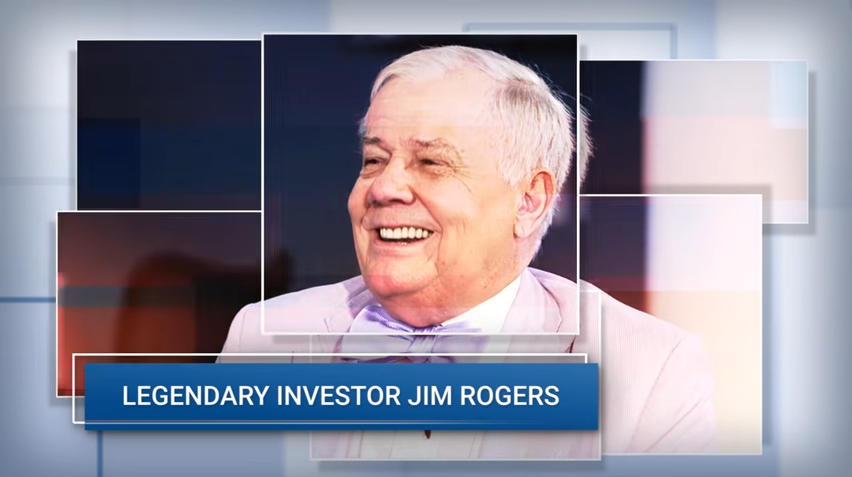2017年6月17日星期六
印度建國來最重要稅改 將重塑190億美元規模的黃金市場
有媒体援引知情人士称,印度当局正酝酿通过对黄金征收3%的销售税、减少10%的进口税,来提高黄金供应链的透明度,扩大规模达190亿美元的国内黄金市场。
今年3月,印度议会下院通过新税改方案,有望首次实现全国统一税制。黄金销售税只是总理莫迪推动经济现代化过程中的一个缩影。
6月初,印度财政部长Arun Jaitley宣布,印度将对黄金征收3%的销售税。3%的销售税税率低于此前预期的5%,将取代许多联邦和州地区的税收。
新的税收规则将会迫使消费者支付黄金饰品13%的税款,包括10%的进口税和3%的销售税。而目前投资者支付的税率在12.5%左右。有分析指出,政府为打击黄金走私,10%的进口税可能会有所减少。
咨询公司GFMS数据显示,印度5月黄金进口量同比增长四倍至103吨;初步数据显示,该国2017年前五个月的黄金进口同比激增144%至424.1吨。
由于珠宝商在新的全国销售税实施前大量补充库存,在下半年传统的需求高峰季到来时,印度黄金进口预计将大幅减少。
5月份,世界黄金协会表示,他们正在与印度政府合作,筹备成立黄金现货交易所。成立黄金交易所有助于确保黄金供应链的透明度,便于管理黄金纯度。
重整混乱的市场可以加强消费者信心;而确保黄金的纯度、黄金供应链易于追踪可以增加人们的信任。
印度政府一直热衷于回收黄金珠宝,借此减少该国对黄金进口的依赖。此前,在2015年,印度政府计划将闲置的2万吨黄金纳入到金融体系。
印度商务部正在于印度质量委员会合作,希望测试中心可以符合黄金的国际纯度标准,并且印度标准局的商标能得到国际广泛地认可。目前,印度的30家金块精炼厂中,只有10家是经过印度标准局认证的。
今年年初有问卷调查显示,印度人民对黄金货币化的接受程度还比较低。印度黄金政策中心负责人Arvind Sahay教授称:
有很多文化传统的因素让印度人民购买黄金,有60%的消费者购买黄金是用于节日、婚庆的。
黄金很多是上代传承下来,因而对消费者来说多了一层情感寄托。他们很不情愿将实物黄金换成纸质合约。
但是像古吉拉特邦等区域的居民更倾向于将黄金视为投资品而不是情感寄托。Sahay教授表示,在古吉拉特邦,与城市的消费者相比,农村的消费者更倾向于持有实物黄金,但是仍旧有高达74%的人愿意把黄金质押出去。
印度版营改增
对黄金征收销售税只是莫迪政府税改的一部分。印度的税改类似于中国正在推行的营改增。此前华尔街见闻有提及,印度这次税改的目的是通过单一税率来取代繁琐且混乱的邦州地方税,并放宽跨境贸易。
2017年3月29日,印度议会下院通过新税改方案,有望实现全国统一税制。这是印度1947年从英国殖民地独立建国后最大的税改。
印度当局希望通过此举迫使数以百万计的商人开始纳税,以此打击长久存在的地下经济,增加政府收入,促进经济增长。
此前,黄金头条有提及,印度总理莫迪于去年11月8日宣布,为了打击贪污和洗黑钱,废除500和1000卢比(约相当于50元和100元人民币)两种最大面额纸币的流通,并会发行新的500和2000卢比面值的钞票。这些票据代表流通中20%的现金价值和80%的现金支付。
Jim Rogers: Get Ready for the Worst Crash in Our Lifetime (Video)
In a recent interview with Business Insider CEO Henry Blodget on “The Bottom Line,” investor and market analysts Jim Rogers said we should expect a market crash in the next few years that will rival anything we’ve seen in our lifetime.
Some stocks in America are turning into a bubble. The bubble’s gonna come. Then it’s going to collapse, and you should be very worried.”
Rogers points out that debt was a big part of the crash in 2008. Today, the debt situation is even worse than it was then.
You know, in 2008, we had a problem because of debt. Henry, the debt now, that debt is nothing compared to what’s happening now. In 2008, the Chinese had a lot of money saved for a rainy day. It started raining. They started spending the money. Now even the Chinese have debt, and the debt is much higher. The federal reserves, the central bank in America, the balance sheet is up over five times since 2008. It’s going to be the worst in your lifetime — my lifetime too. Be worried.”
So, when will the bubble burst? Rogers said we can’t know for sure, but we’re definitely due.
We’ve had financial problems in America — let’s use America — every four to seven years, since the beginning of the republic. Well, it’s been over eight since the last one. This is the longest or second-longest in recorded history, so it’s coming.”
He also warned that pin-prick that pops the bubble will probably come from an unexpected direction.
Well, it’s interesting because these things always start where we’re not looking. In 2007, Iceland went broke. People said, ‘Iceland? Is that a country? They have a market?’ And then Ireland went broke. And then Bear Stearns went broke. And Lehman Brothers went broke. They spiral like that. Always happens where we’re not looking. I don’t know. It could be an American pension plan that goes broke, and many of them are broke, as you know. It could be some country we’re not watching. It could be all sorts of things. It could be war — unlikely to be war, but it’s going to be something.”
Rogers said the Fed and other central banks will be powerless to stop it. He said they will continue to try to nudge up rates until things go bad. Then they will respond to calls to “save us.”
And the Fed, who is made up of bureaucrats and politicians, will say, “Well, we better do something.” And they’ll try, but it won’t work. It’ll cause some rallies, but it won’t work this time.”
Rogers paints a pretty bleak picture of what the aftermath of this next crash will look like.
You’re going to see governments fail. You’re going to see countries fail, this time around. Iceland failed last time. Other countries fail. You’re going to see more of that. You’re going to see parties disappear. You’re going to see institutions that have been around for a long time — Lehman Brothers had been around over 150 years — gone. Not even a memory for most people. You’re going to see a lot more of that next around, whether it’s museums or hospitals or universities or financial firms.”



